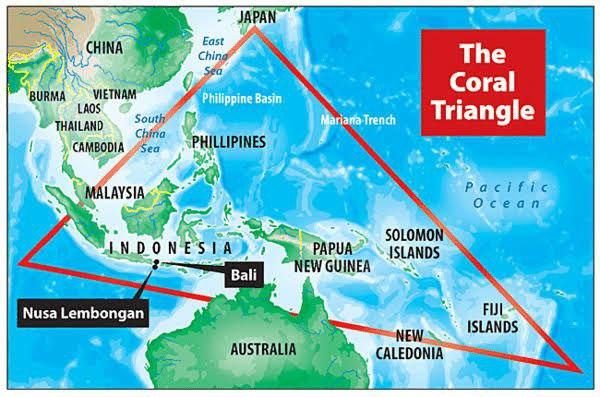Why in the News?
The Philippines is establishing Southeast Asia’s first Coral Larvae Cryobank at the Coral Triangle to preserve and restore coral species using advanced cryogenic techniques.
What is the Coral Triangle?
|
About Coral Cryobank Initiative:
- Overview: A project to freeze and preserve coral larvae and symbiotic algae at ultra-low temperatures, ensuring long-term survival of coral genetic material.
- Launch & Coordination: Initiated by the University of the Philippines Marine Science Institute, supported by Taiwan.
- Regional Network: Links institutes across Philippines, Taiwan, Indonesia, Malaysia, and Thailand, forming a network of coral cryobanks within the Coral Triangle.
- Cryopreservation Technique: Uses vitrification, where larvae are treated with cryo-protectants and rapidly frozen in liquid nitrogen (–196 °C); laser-assisted thawing revives and regrows them within milliseconds.
- Model Species: Initially focuses on Pocillopora (cauliflower coral), later extending to Acropora and Galaxia, key reef-building corals.
- Significance:
- Genetic Insurance: Serves as a biological seed bank, conserving coral diversity for future reef restoration.
- Scientific Breakthrough: Marks a milestone in marine cryobiology by preserving large, lipid-rich coral larvae.
- Cooperation: Enhances Southeast Asian collaboration in marine science and conservation.
| [UPSC 2022] “Biorock Technology” is talked about in which one of the following situations?
(a) Restoration of damaged coral reefs * (b) Development of building materials using plant residues (c) Identification of areas for exploration/extraction of shale gas (d) Providing salt licks for wild animals in forests. |
Get an IAS/IPS ranker as your 1: 1 personal mentor for UPSC 2024


